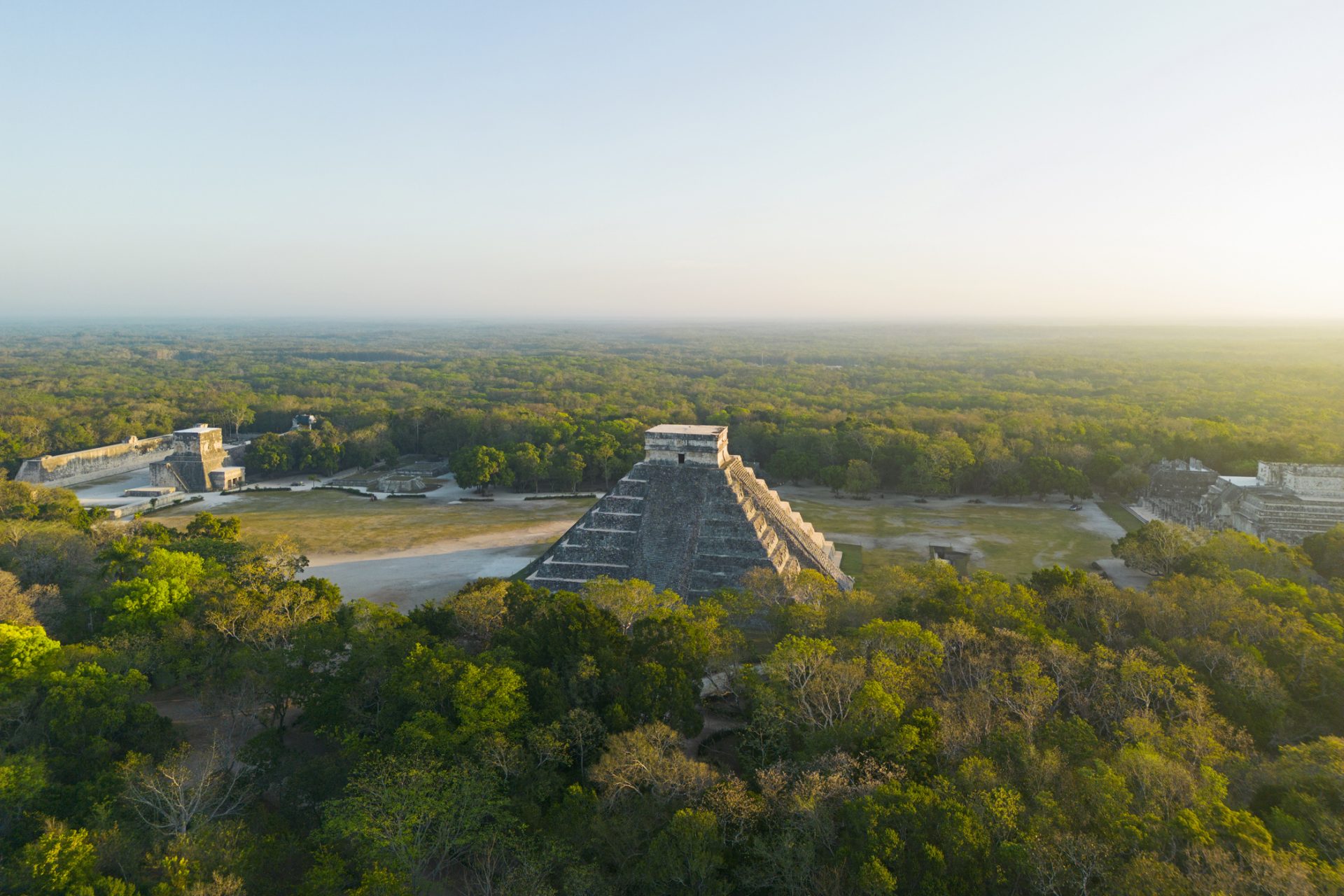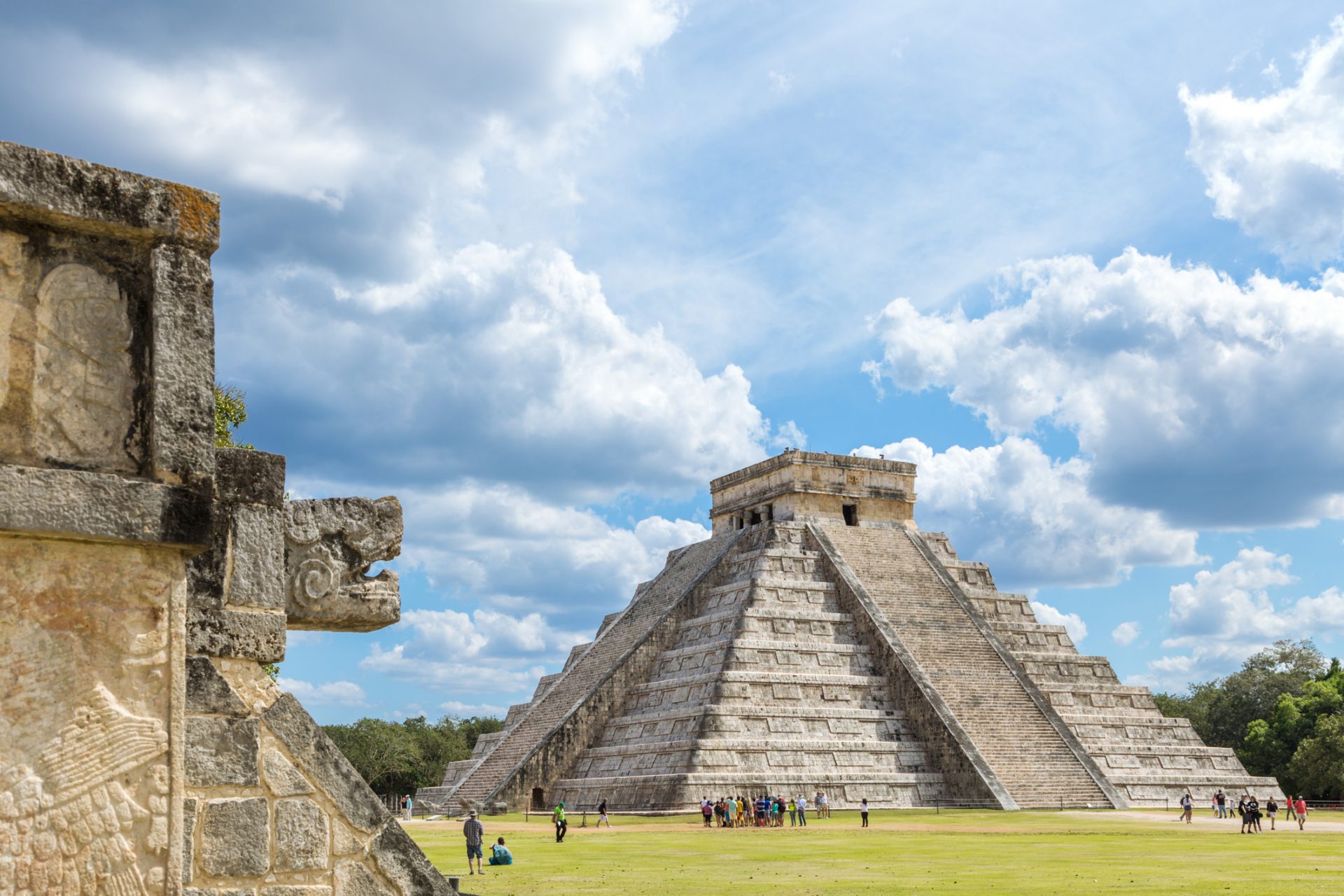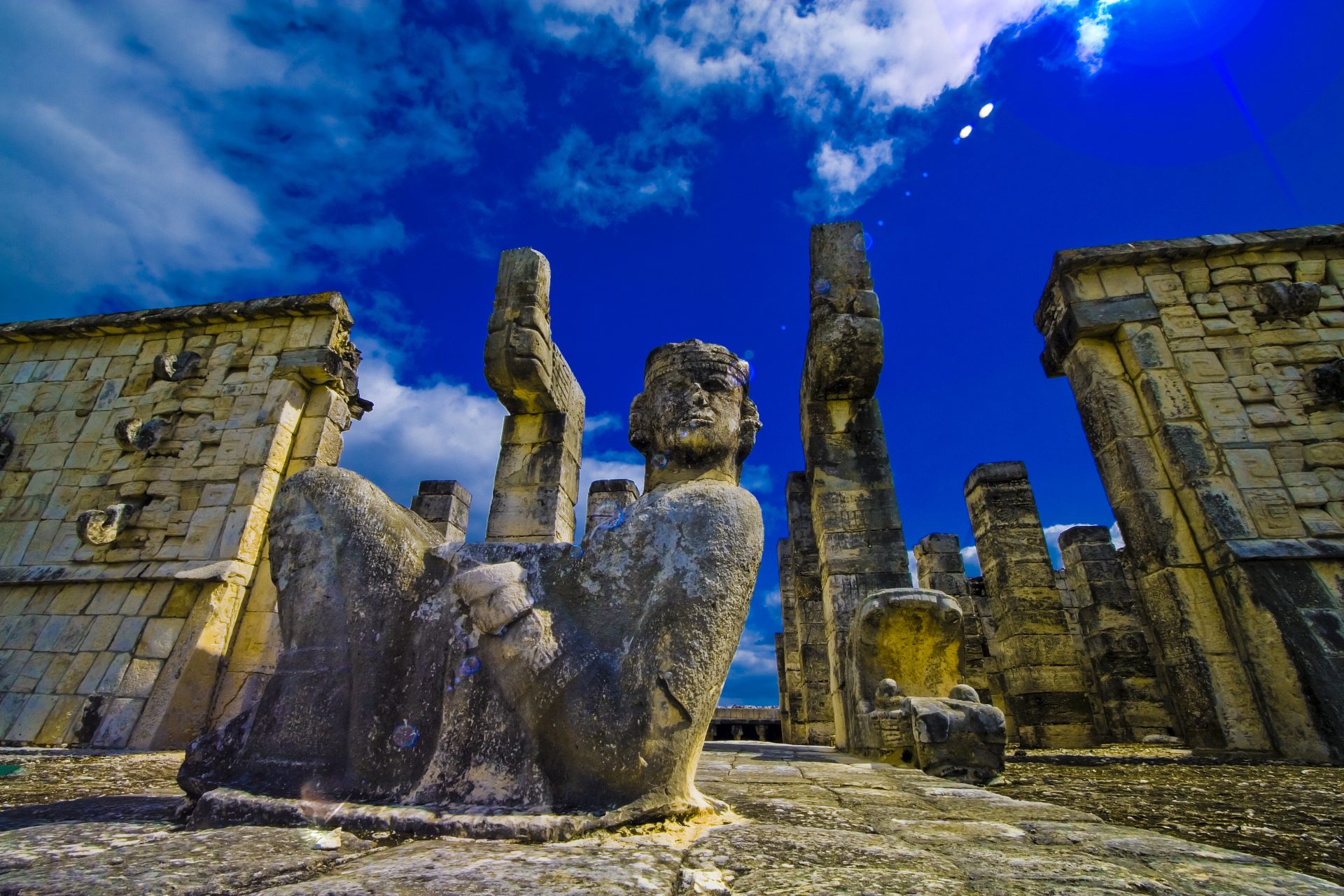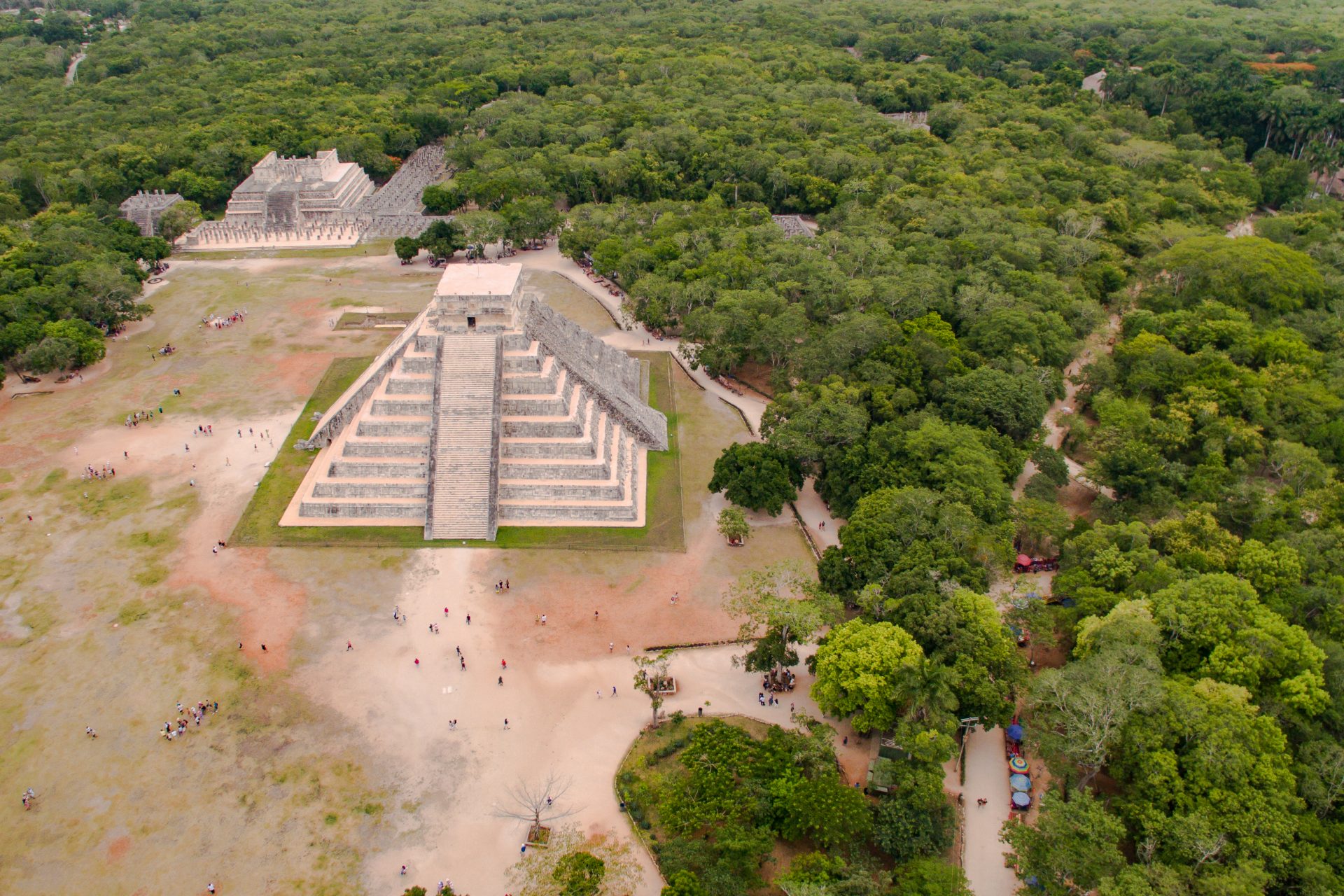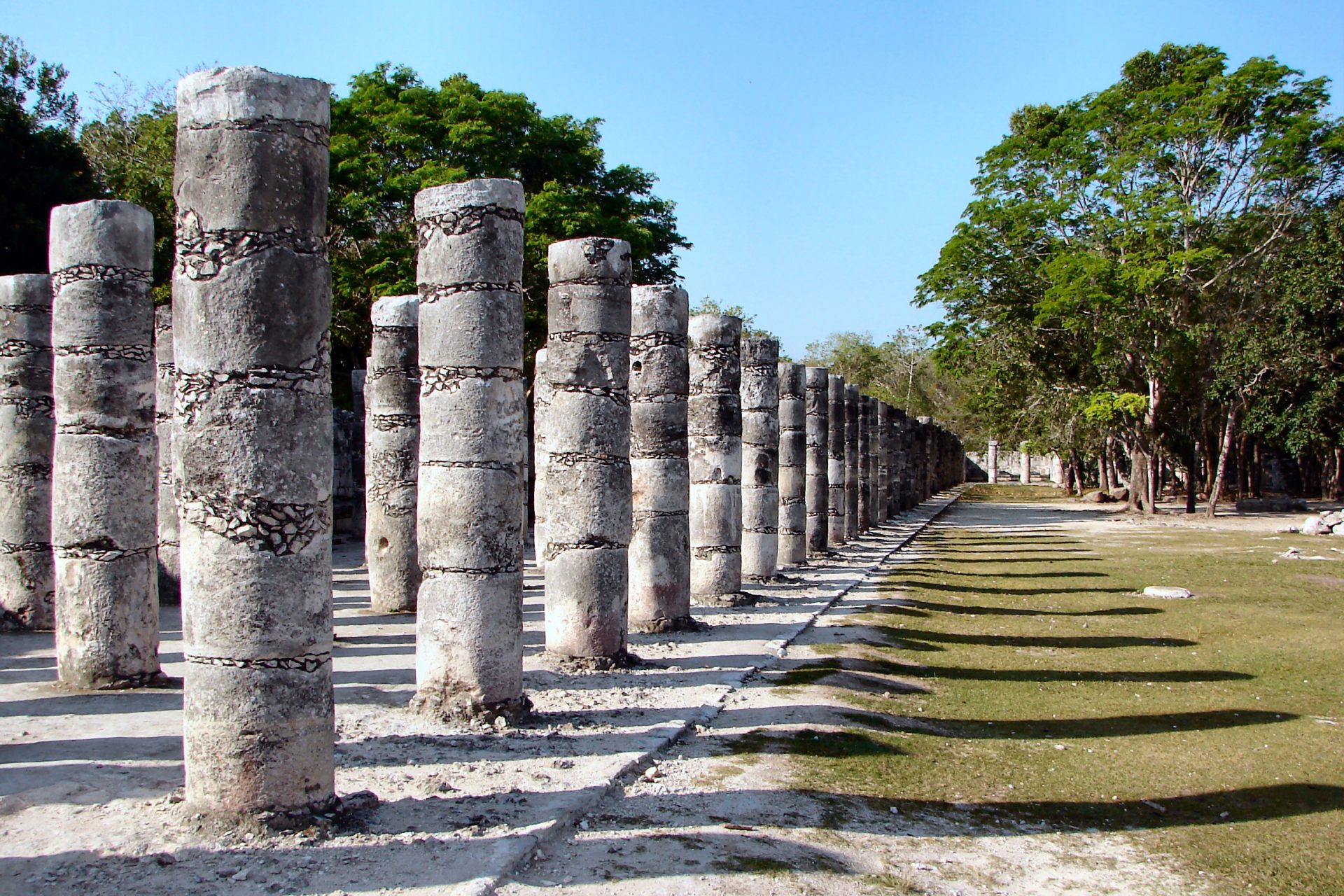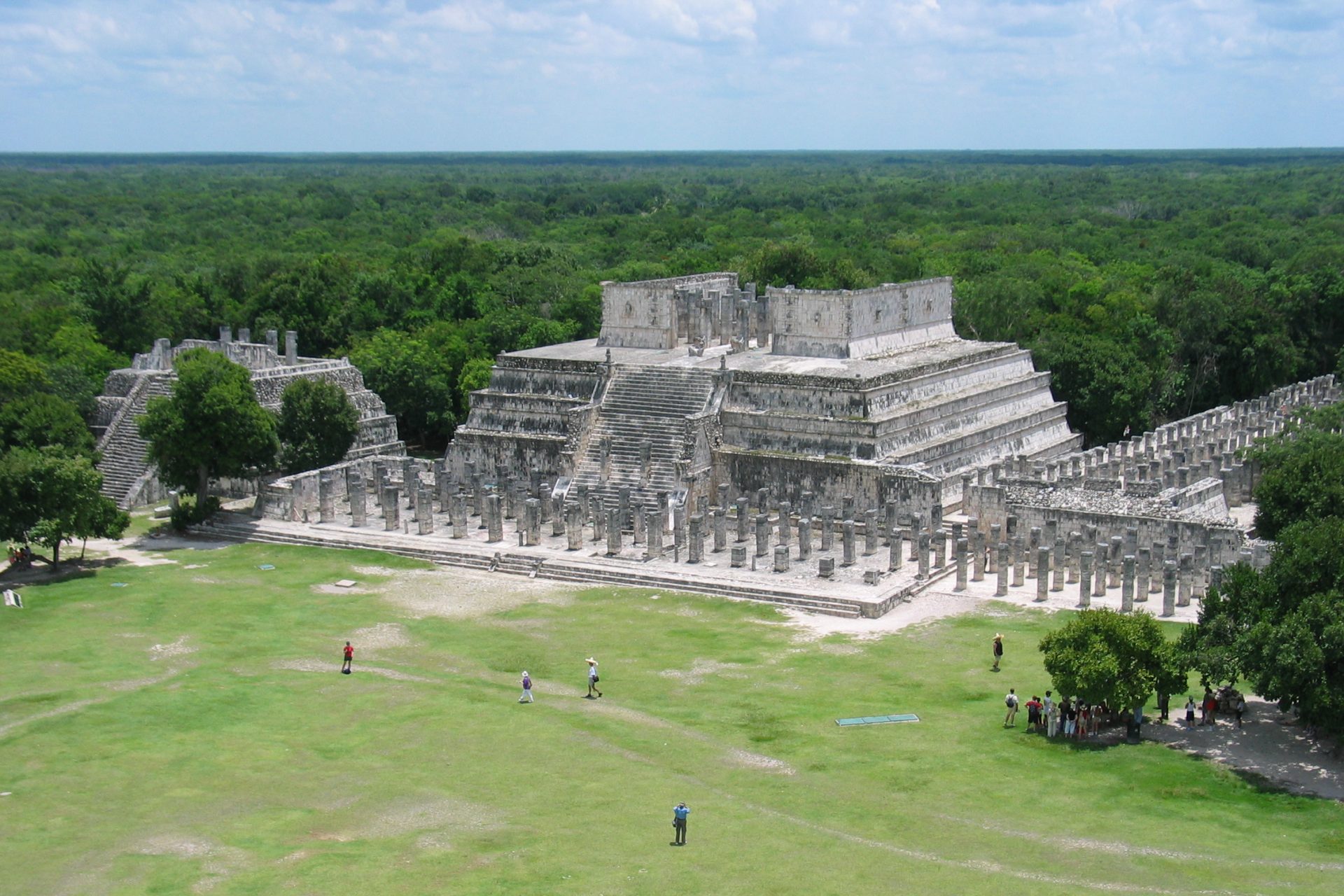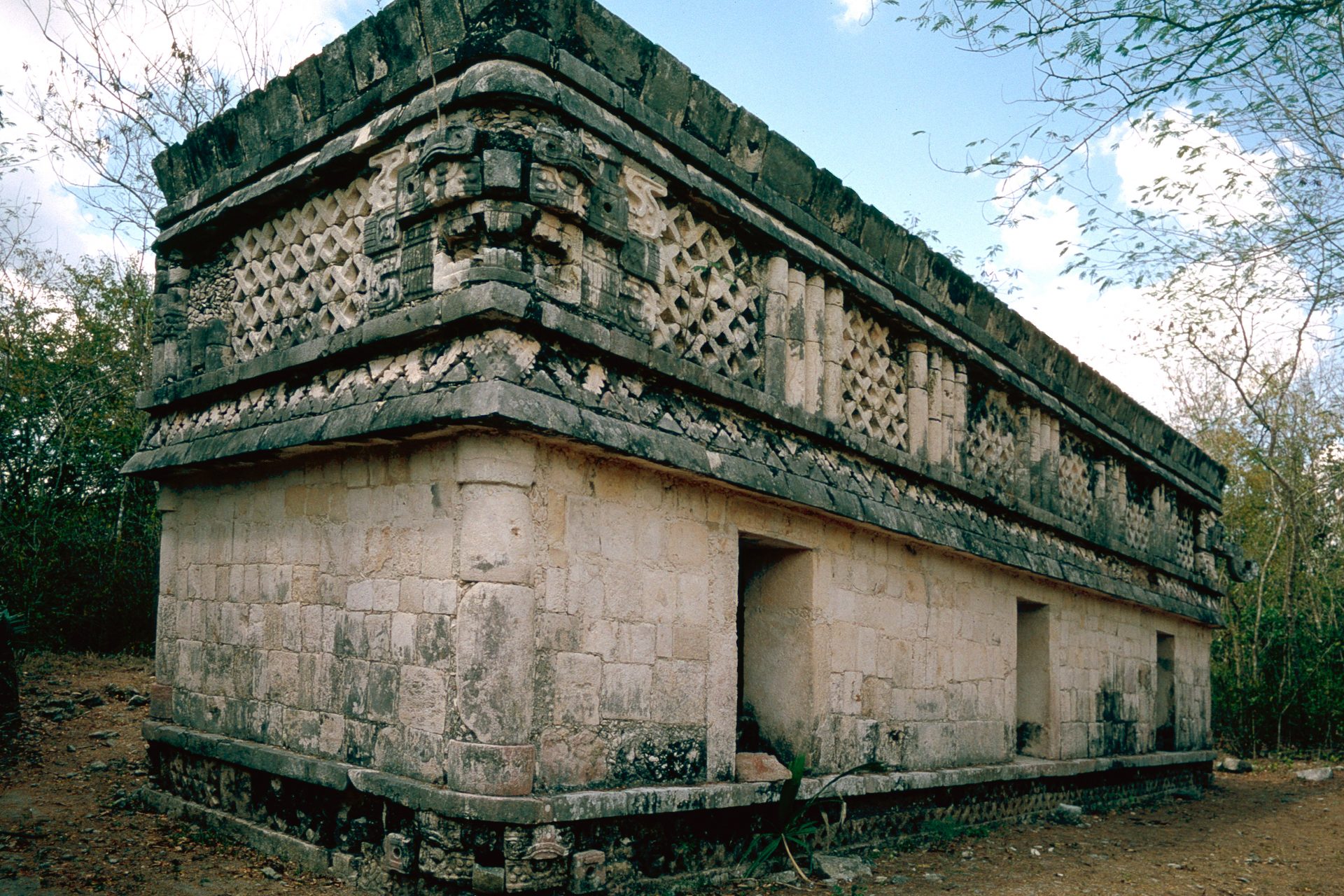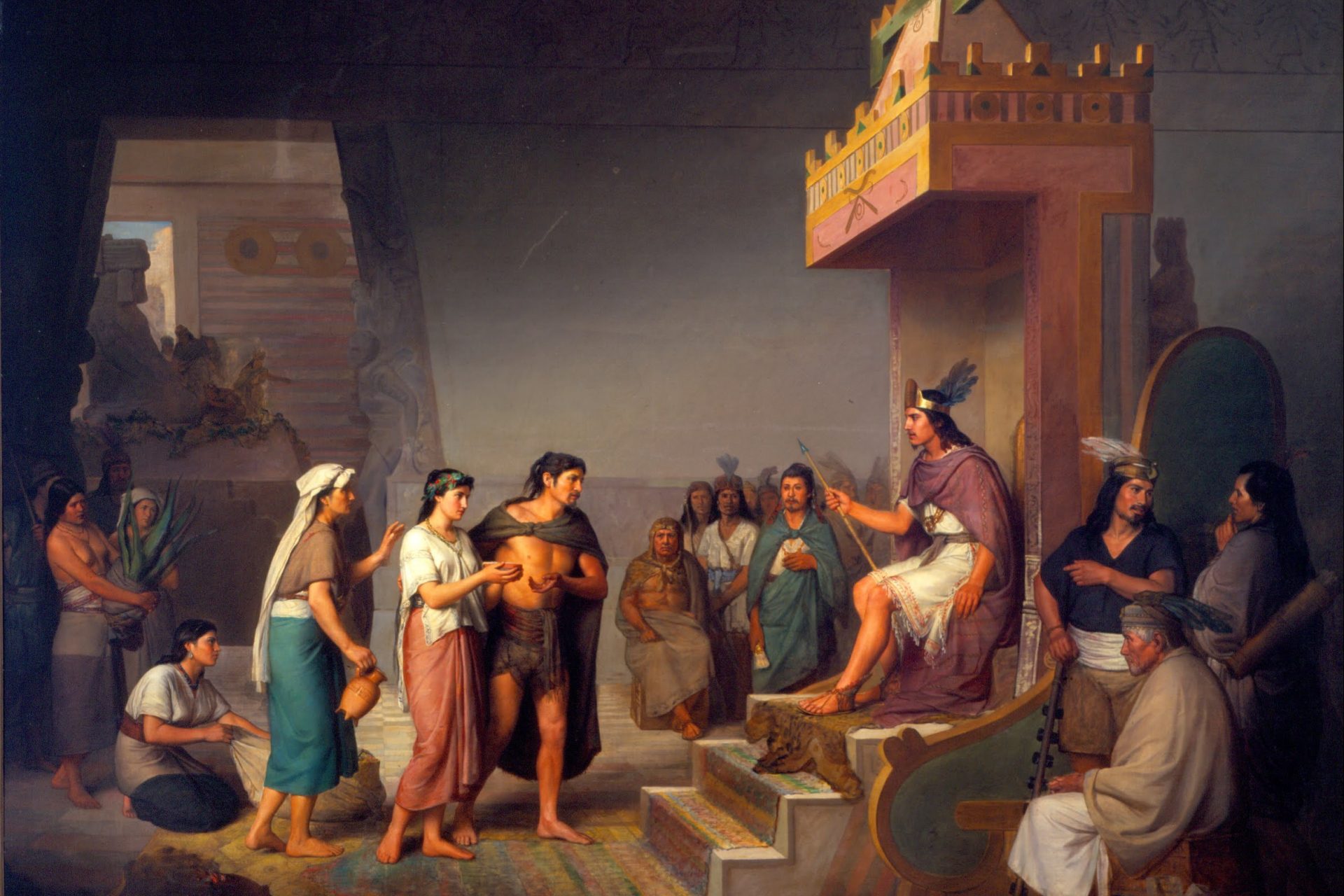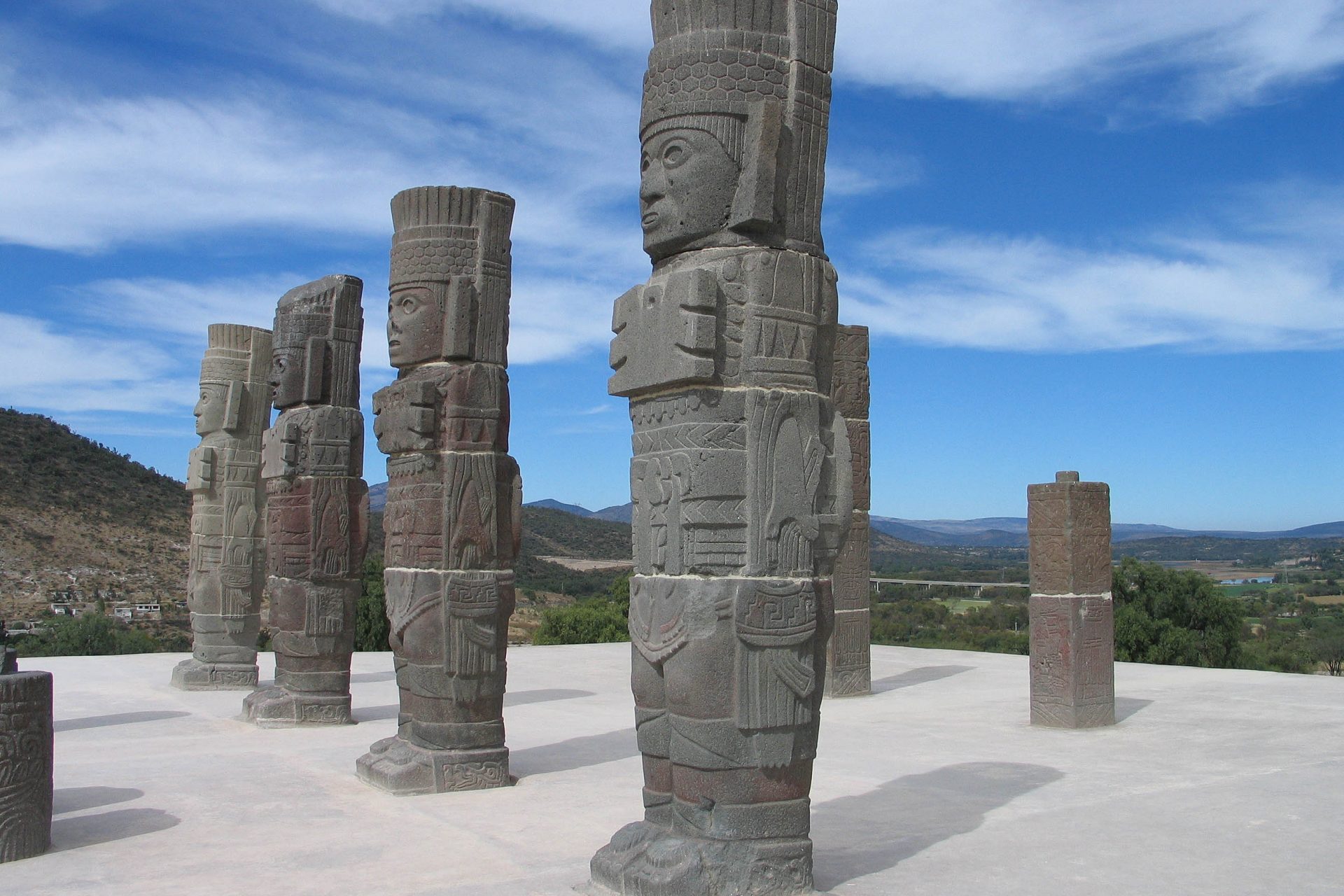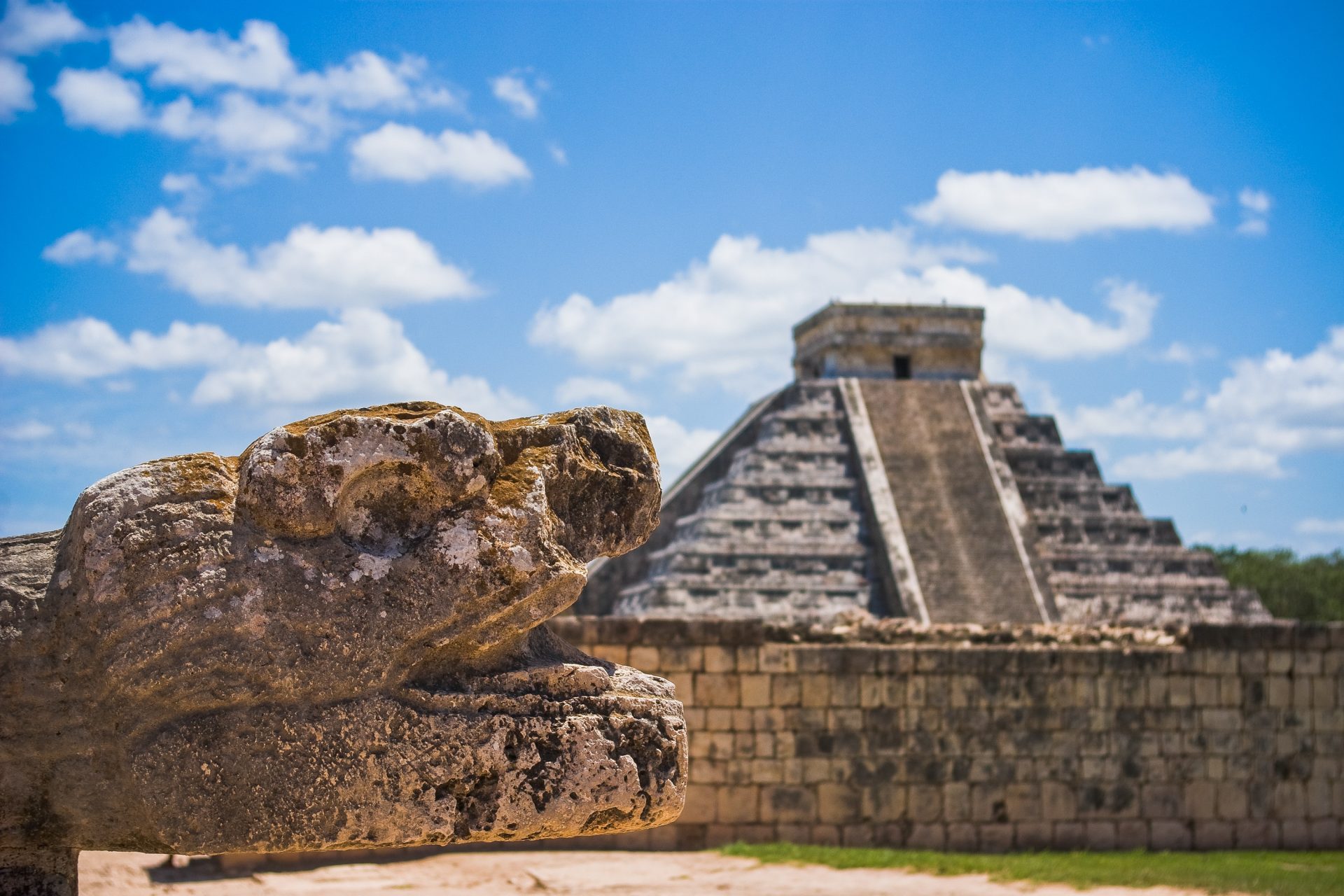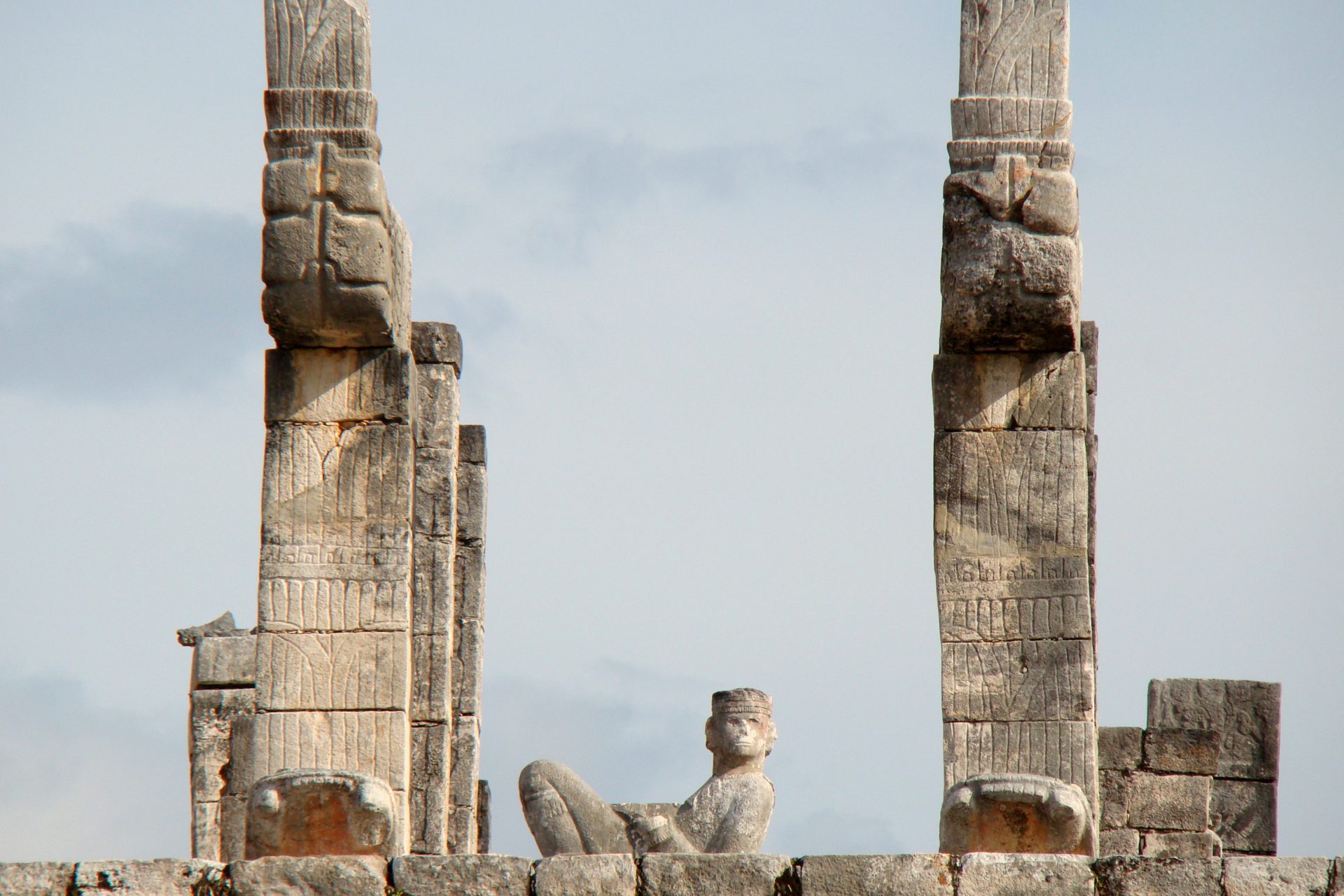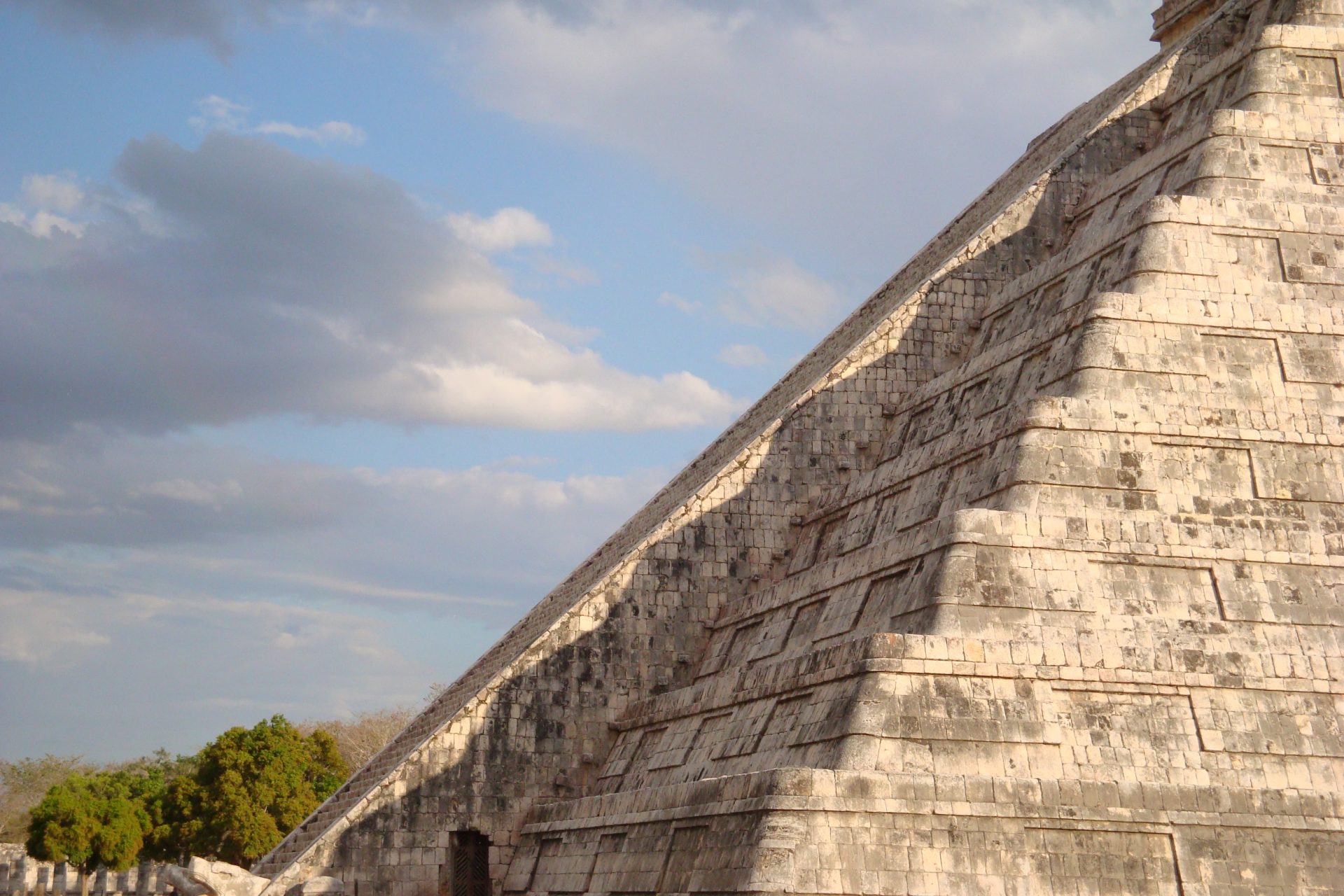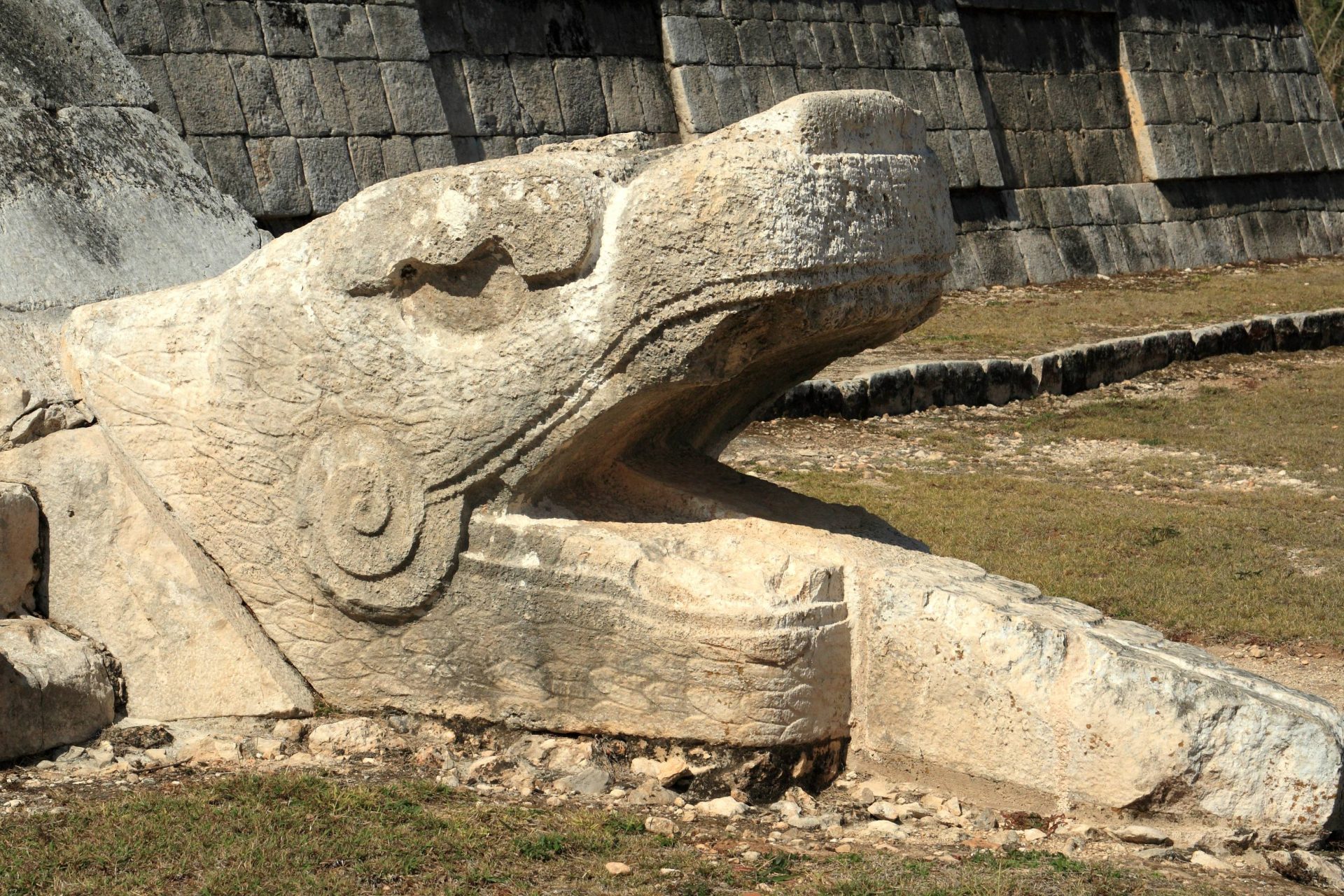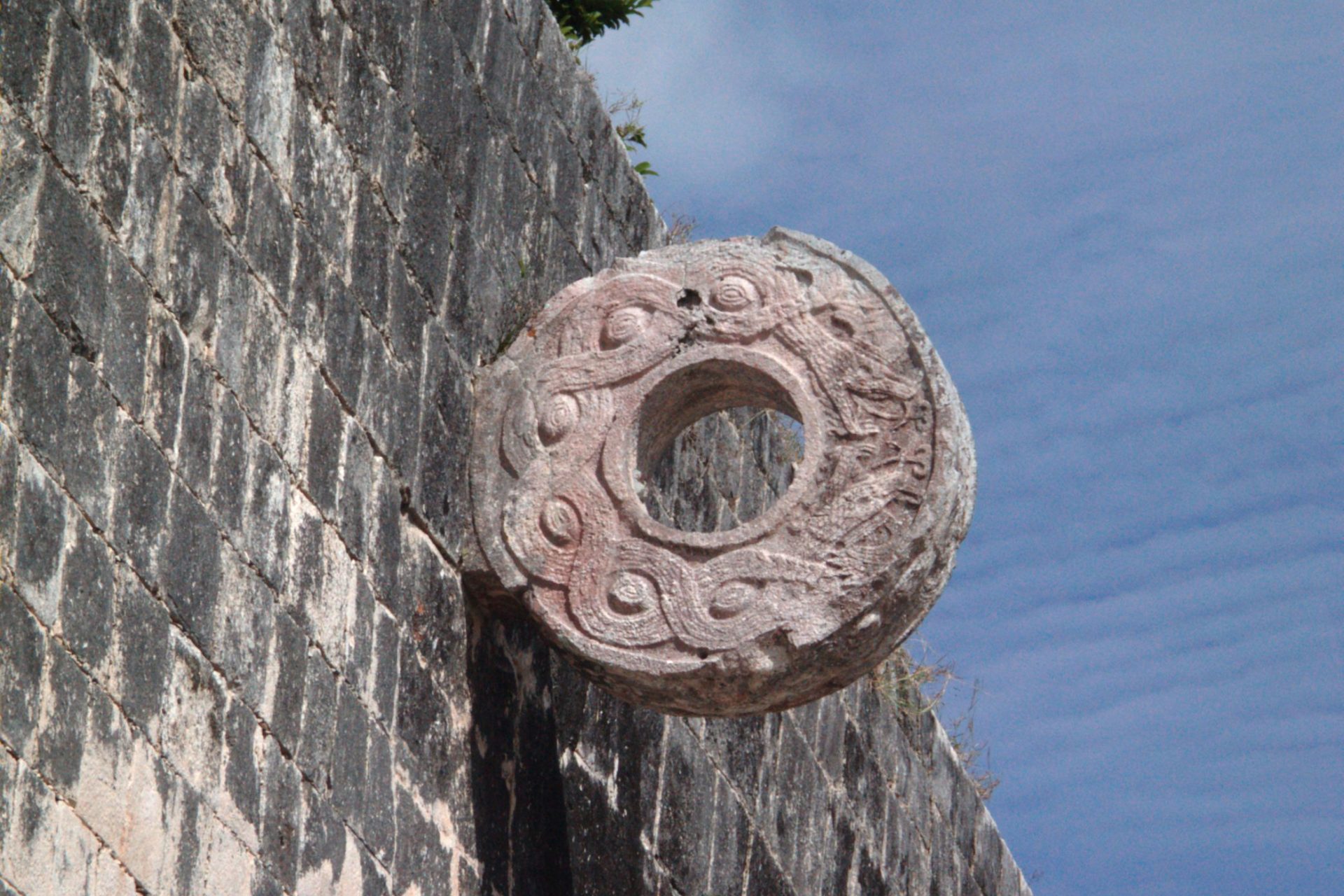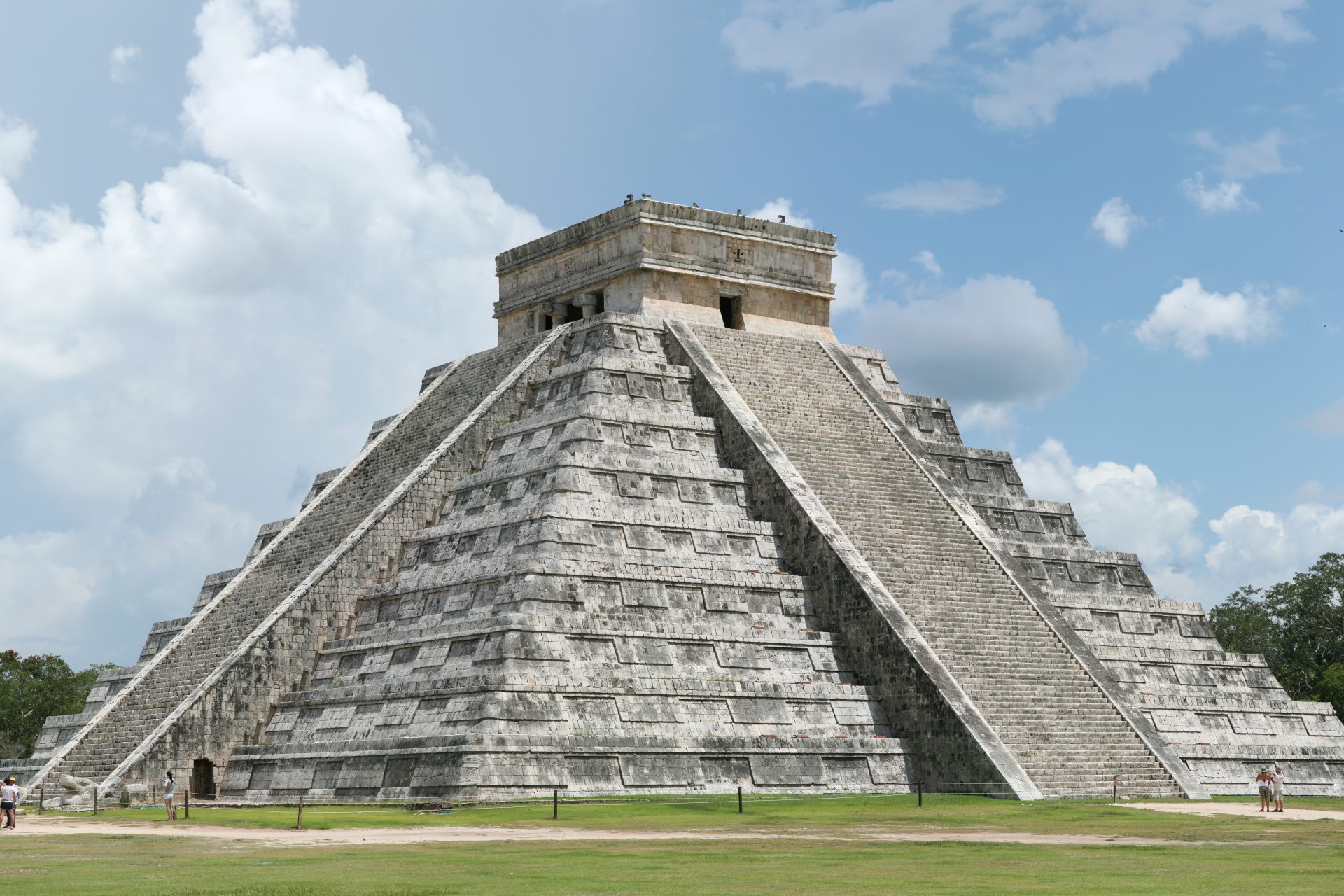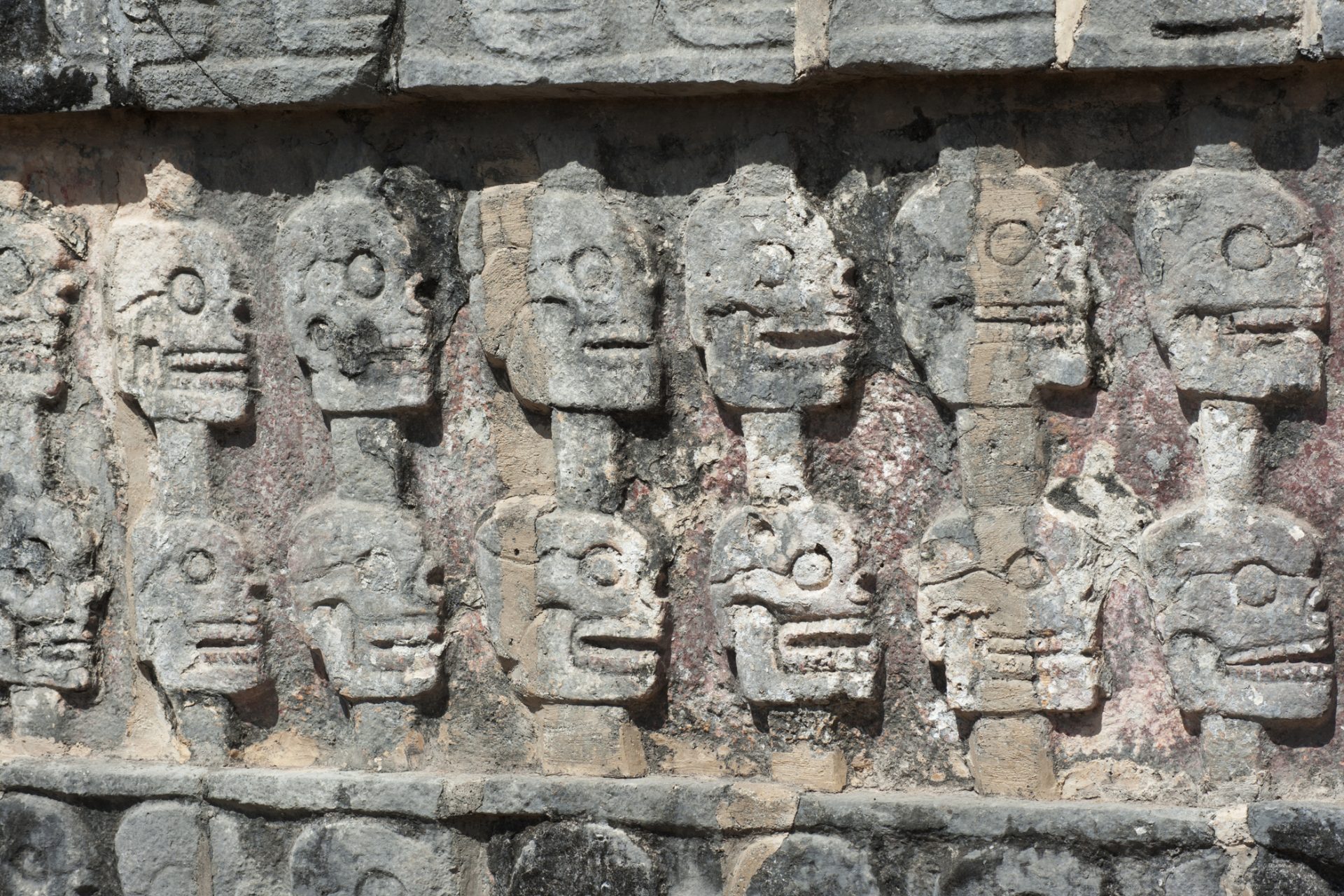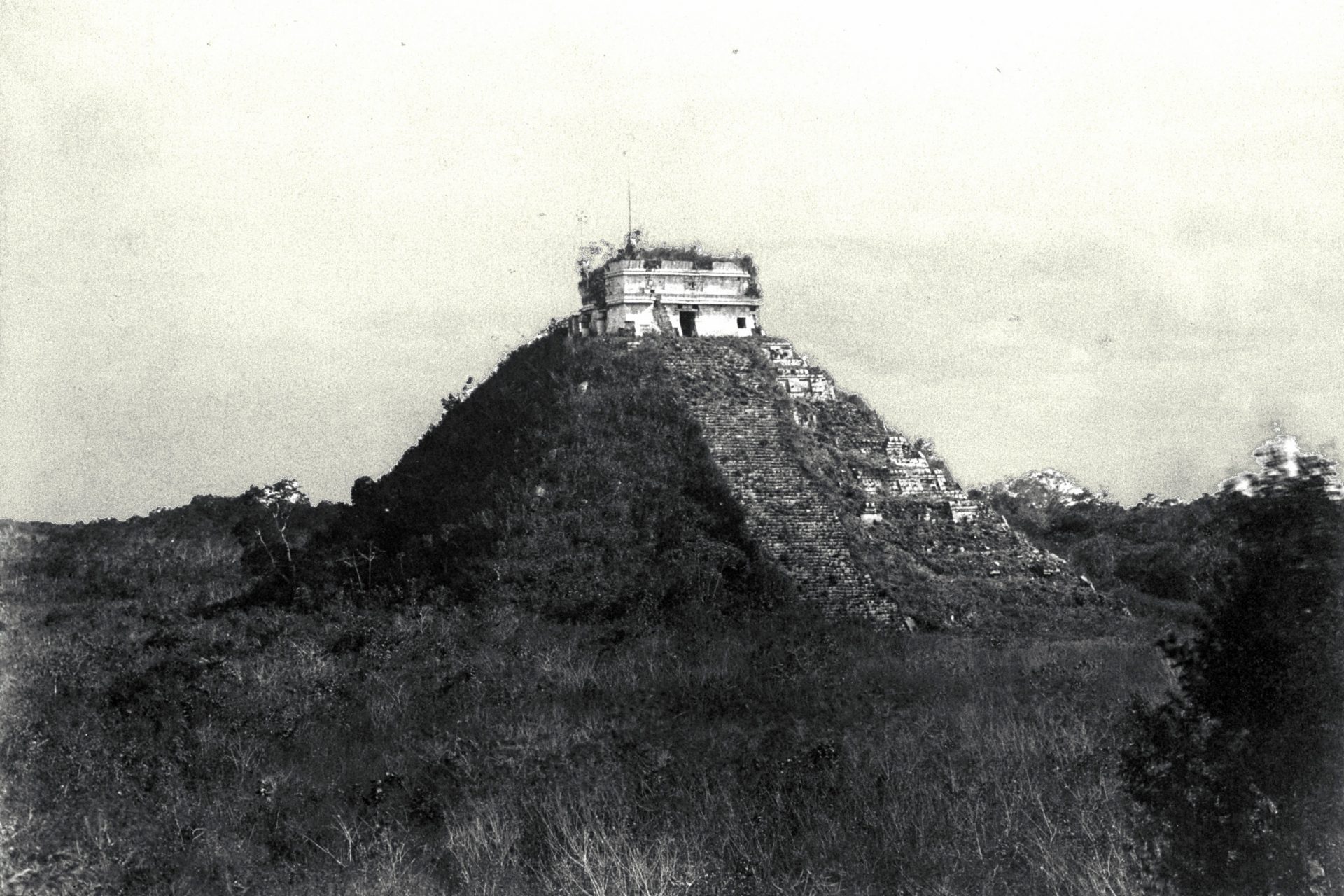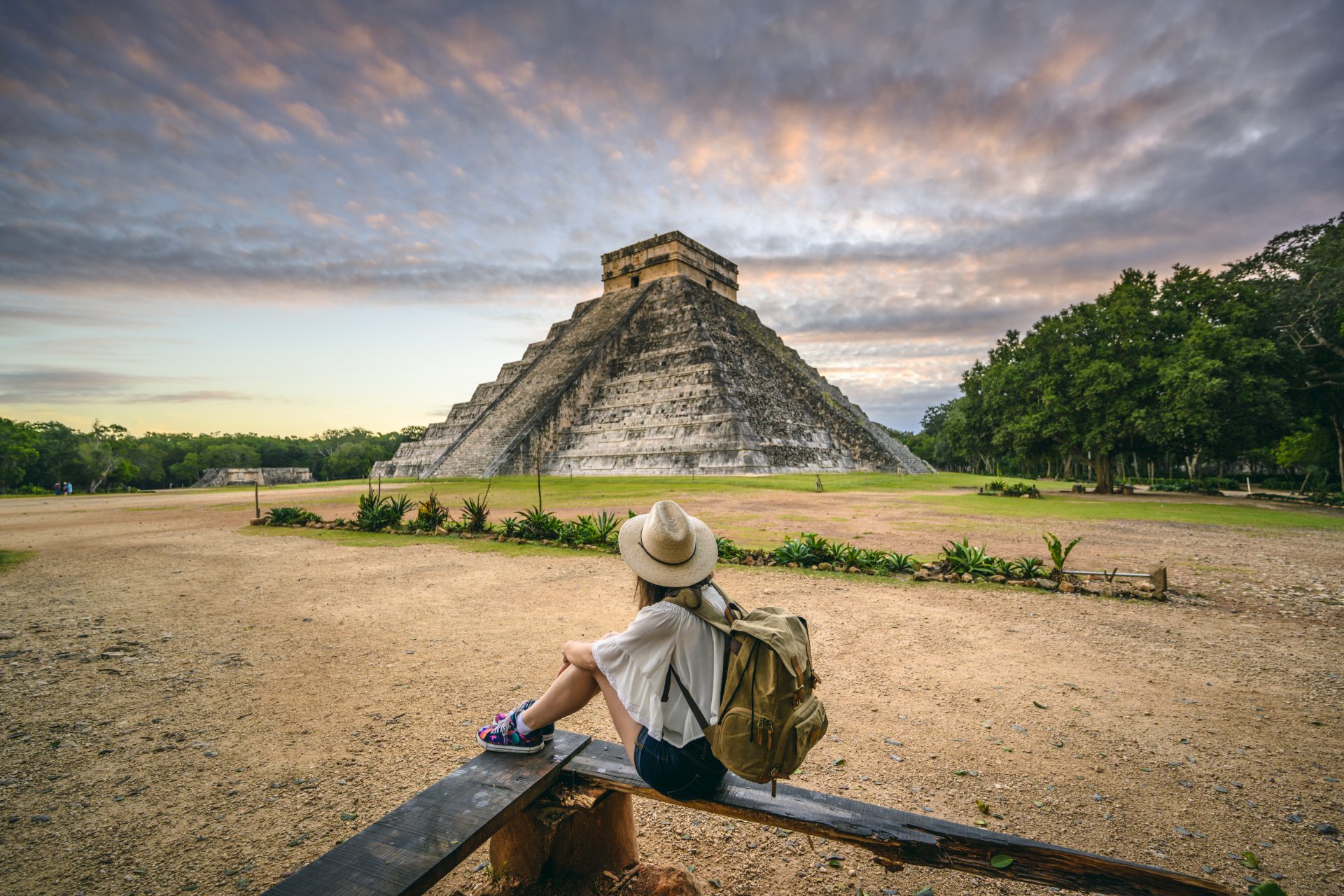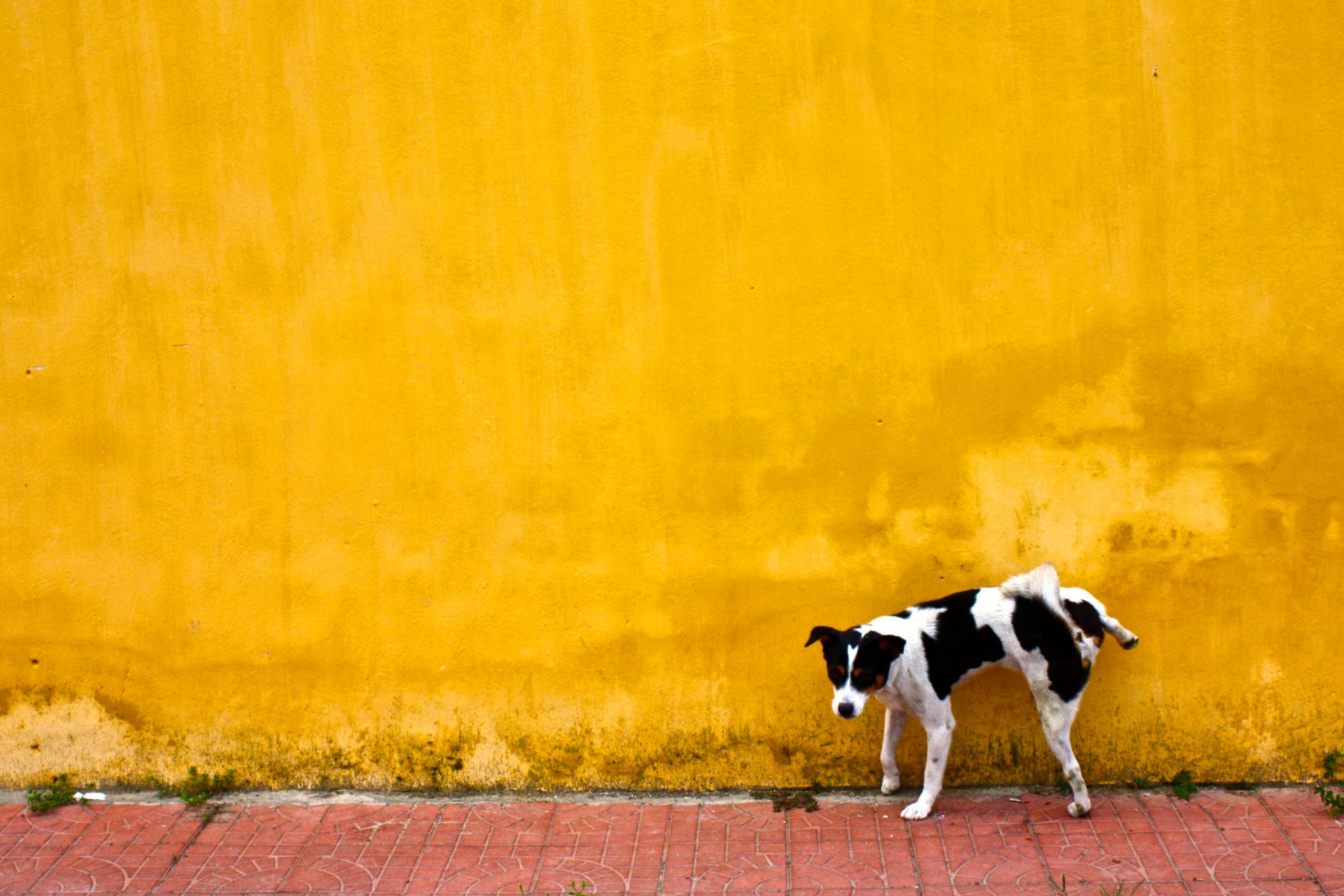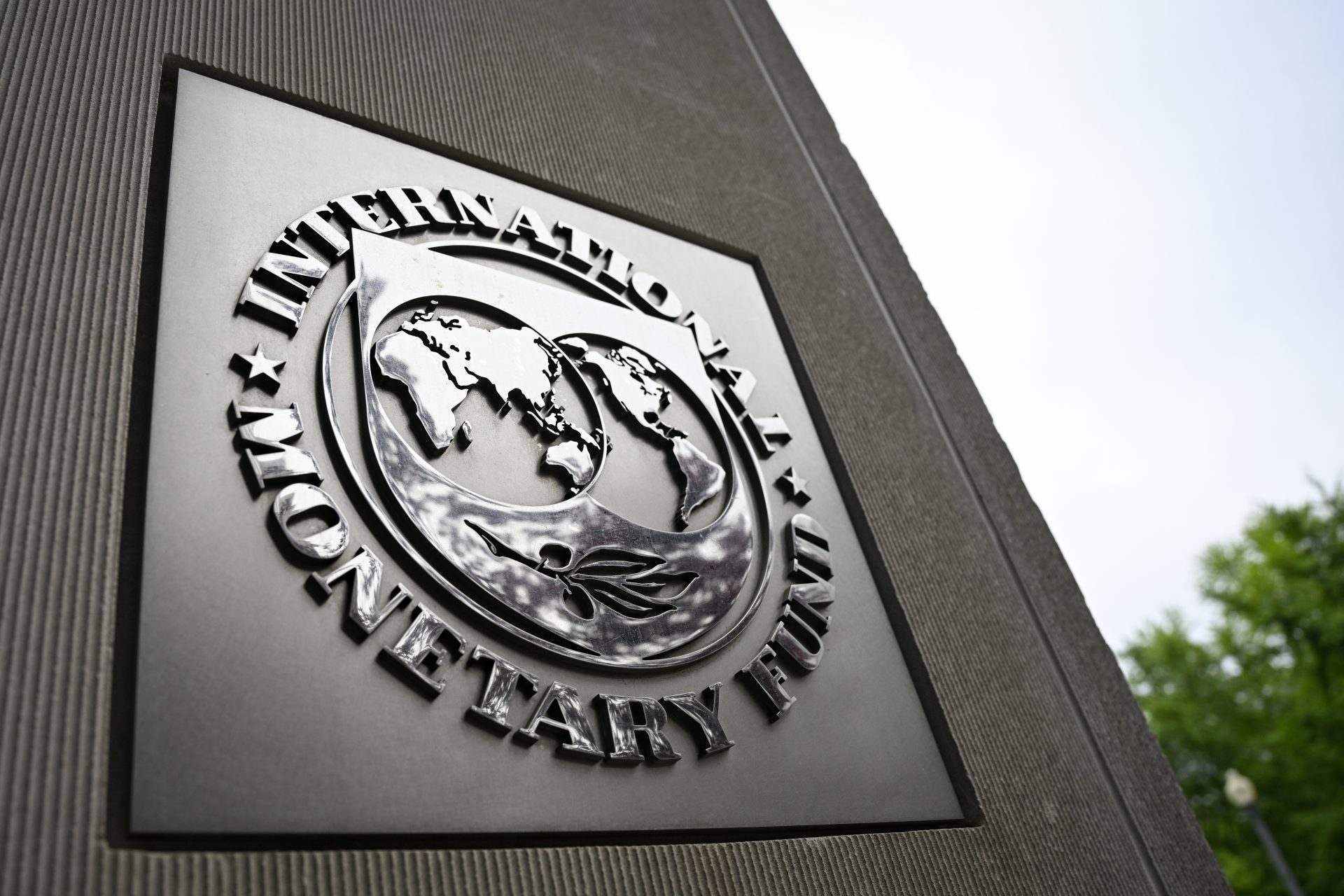The secrets of Chichén Itzá revealed
Chichén Itzá is the largest archeological site of the Mayan civilization and has revealed much about the mesoamerican indians who built the city. But did you know that Chichen Itza has been mired in mystery ever since it was discovered?
Even though Chichén Itzá is one of the most popular tourist attractions of the Yucatán Peninsula today, it’s also an active archaeological site where new discoveries are being made. Let's look at the city’s history and what’s been unearthed.
Chichén Itzá mysteries began at the very foundation of the city. There are some records that suggest the city was established sometime between 415 CE and 435 CE but others mention 455 CE as the date when Chichén Itzá was founded.
What we do know about Chichén Itzá’s foundation is that it was constructed close to two natural cenotes, which are eater cavities or sinkholes, and it was these cenotes that gave the city its name according to the UNESCO World Heritage Convention.
Photo Credit: Wiki Commons By Dronepicr - Own work, CC BY 3.0
Chichén Itzá means “at the edge of the well of the Itza.” The cenotes the city was built around helped the people who lived there tap into the underground waters of the area. This may be what helped the city grow to prominence.
Photo Credit: Wiki Commons By Uspn - Own work, CC BY-SA 3.0
The History Channel noted that the settlement of Chichén Itzá became “a significant center of political and economic activity in the Mayan culture by roughly 600 CE.” But it wasn’t until much later in history that it became what we see it as today.
Photo Credit: Wiki Commons By Keith Pomakis - Own work, CC BY-SA 2.5
Chichén Viejo was actually the first town that cropped up in the area collectively we call Chichén Itzá today, and it boasted a variety of impressive monuments and buildings that were constructed from the sixth century to the tenth century.
Photo Credit: Wiki Commons By HJPD - Own work, CC BY-SA 3.0
Chichén Itzá didn’t take form until the migration of Toltec warriors into the region during the tenth century. King Ce Acatl Topiltzin Quetzalcoatl of Tula, also known by the Mayans as Kukulkan, took the area of Chichén Itzá between 967 CE and 987 CE.
Photo Credit: Wiki Commons By Jose Maria Obregon
"Following the conquest of Yucatán, a new style blending the Maya and Toltec traditions developed,” UNESCO explained in its writing on the world heritage site. “Chichén Itzá is a clear illustration of this fusion.”
Photo Credit: Wiki Commons By Luidger - Own work, CC BY-SA 3.0
Most of the stunning stepped pyramids, temples, and columned arcades of the city were developed after the conquest of the Toltecs according to National Geographic, though some were built before the conquest of the city from 750 CE onward.
“Viewed as a whole, the incredible complex reveals much about the Maya and Toltec vision of the universe—which was intimately tied to what was visible in the dark night skies of the Yucatán Peninsula,” wrote National Geographic.
Photo Credit: Wiki Commons By Bjørn Christian Tørrissen - Own work
The most well-known structure of the city is the Temple of Kukulkan or El Castillo. It has 365 steps divided into 91 steps on each side of the temple. The final platform is the final step of the 365 and the temple has some incredible engineering.
Photo Credit: Wiki Commons By ATSZ56 - Own work
Twice a year during the spring and fall equinoxes, shadows fall upon the temple in the shape of a serpent. As the sun lowers, the shadows join with the stone serpent head located at the bottom of the temple’s great staircase.
Photo Credit: Wiki Commons By Frank Kovalchek
Another important archeological site in the city is its ball court where the people played a sophisticated ritualized game. Players had to score a 12-pound rubber ball through a stone hoop at the top of the court. Losers were allegedly put to death.
Photo Credit: Wiki Commons De Kåre Thor Olsen - Trabajo propio, CC BY-SA 3.0
Based on everything we know about the Mayan culture and Chichén Itzá, the city was an extremely important religious and ceremonial site. However, it was also a very busy urban center and hub of regional trade that met a mysterious end.
Chichén Itzá was abandoned by its inhabitants in the 1400s but we have yet to discover why its inhabitants fled the city. Drought and deforestation have been put forward as two possible reasons according to History Skills.
Invading forces and political unrest have also been put forward as possible causes for the city’s abandonment. Chichén Itzá was a complex and sophisticated city; differences between factions or rulers could have led to its downfall.
Photo Credit: Wiki Commons By Teoberto Maler - Collection of Negatives and Prints, 1895-1908: Peabody Museum Archives, Harvard University
Even though historians don’t have a clear answer of what happened to Chichén Itzá and its inhabitants, the city’s rediscovery in 1988 has sparked the imaginations of many. The city is unique among Mayan ruins and its allure draws millions each year.
More for you
Top Stories



